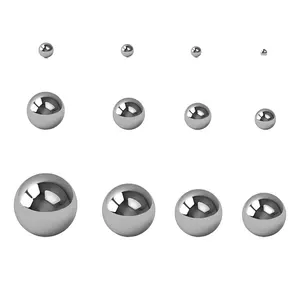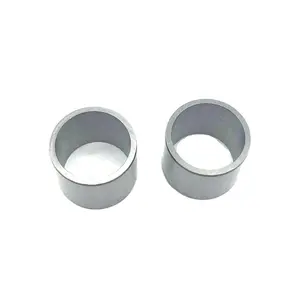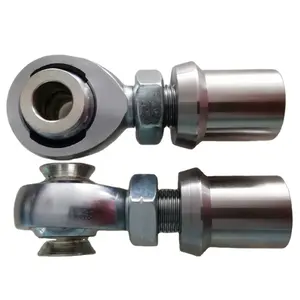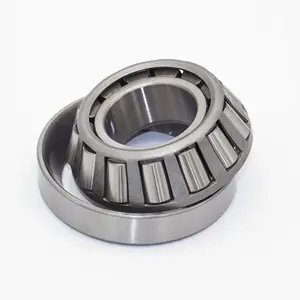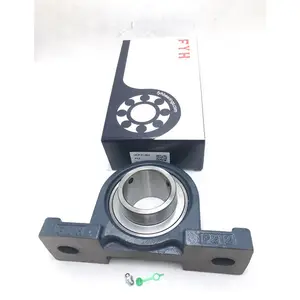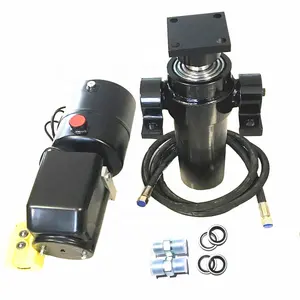Popular in your industry
































































Related Searches:



































































































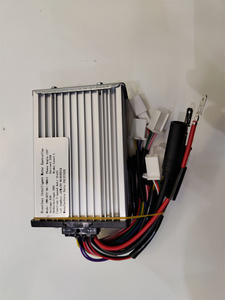

























Top categories
About 9 inch electric motor
Introduction to 9 Inch Electric Motors
Electric motors are integral to modern machinery, and the 9 inch electric motor is a common size that powers a variety of applications. This motor size is versatile, fitting into numerous settings due to its compact design and substantial power output.
Types and Applications
The 9 inch electric motor category encompasses various types, each tailored for specific uses. Brushed DC motors, for instance, are prevalent in automotive applications, operating devices such as window mechanisms and windshield wipers. On the industrial front, these motors drive pumps, fans, and conveyors, showcasing their adaptability across sectors.
Construction and Operation
Understanding the construction of a 9 inch electric motor is crucial for recognizing its functionality. The motor consists of two primary components: the stator and the rotor. The stator remains static, while the rotor rotates, driven by electromagnetic induction. This process involves alternating current (AC), which changes direction and amplitude, generating the motion needed for power.
Features and Materials
The materials used in 9 inch electric motors are selected for durability and performance. Typically, high-grade metals and alloys are employed in the construction to ensure longevity and efficient operation. The design of these motors often focuses on minimizing energy loss and maximizing output.
Advantages of Using 9 Inch Electric Motors
Opting for a 9 inch electric motor comes with several benefits. Their size makes them an excellent choice for applications where space is at a premium but power cannot be compromised. Additionally, the efficiency of these motors can contribute to energy savings in long-term operations.
Choosing the Right Motor
Selecting the appropriate 9 inch electric motor requires consideration of the application's power requirements, operational environment, and desired longevity. It is essential to match the motor's specifications with the demands of the task to ensure optimal performance.
